10 results
12th grade problem solving workbooks for Microsoft Word
Sponsored

Paper Rollercoaster STEM Activity
This project is an excellent work packet for students or classes going through the process of building a paper rollercoaster. This packet comes with research questions, sketches, reflections, and more. In order to utilize this project, it should be used in conjunction with paper rollercoaster build sheets that can be found on Teachers Pay Teachers. My students have an absolute blast with this project, and I know that yours would too!
Grades:
6th - 12th
Types:
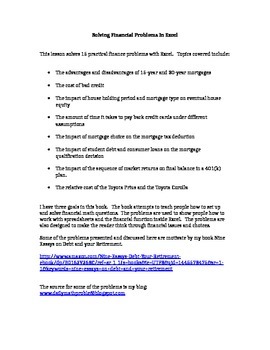
Solving Financial Problems In Excel
This lesson solves 15 practical finance problems with Excel. Topics covered include:
• The advantages and disadvantages of 15-year and 30-year mortgages
• The cost of bad credit
• The impact of house holding period and mortgage type on eventual house equity
• The amount of time it takes to pay back credit cards under different assumptions
• The impact of mortgage choice on the mortgage tax deduction
• The impact of student debt and consumer loans on the mortgage qualification decision
Subjects:
Grades:
9th - 12th, Higher Education, Adult Education
Types:

Look Good Feel Good Workbook for Girls grades 3th-12th
A Girls Guide to Success!Lessons Included:Self EsteemBuilding ConfidenceTime ManagementDecision MakingProblem SolvingDisciplineRelationship BuildingCareer ReadinessCharacter Development
Grades:
3rd - 12th

"Choices," Lesson 7, Power Need Emotional Indicators, Student Workbook
(One license allows for 30 copies.)
Everything we do involves our control need. All inappropriate human behaviors, from childish spats to global wars, are the product of unmet control need—one person trying to control another person, one group trying to control another group. Too often, we react to such behaviors out of our own unmet control need. For we often react to anger with anger. We can only meet our control need by internally controlling our thoughts, choices, and actions and by externa
Grades:
6th - 12th
Types:
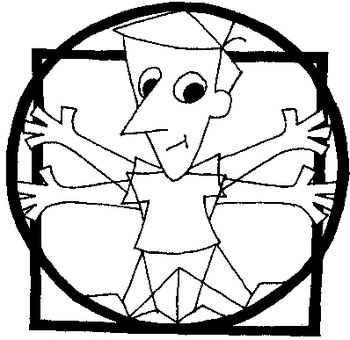
Lesson1,Identifying Love Need, Teacher Manual
“Choices” holds that all human beings have an essential, foundational need for love. In most cases, if not all cases, beneath behavioral, social, and emotional problems and issues, lies an unsatisfied love need. We all have a need to give and receive love. Lesson 1 defines love need and helps students identify their love need.
Our culture, as well as all human cultures, has a myriad of concepts, definitions, and application of the word love. Taking the general confusion we seem to have about it
Grades:
6th - 12th
Types:
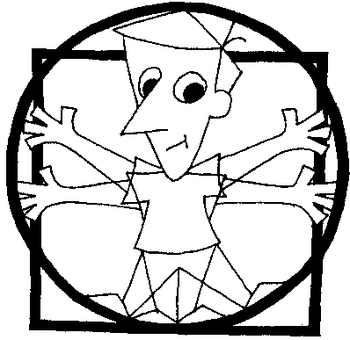
Lesson 1,Identifying Love Need, Student Workbook
ONE LICENSE ALLOWS 30 COPIES
“Choices” holds that all human beings have an essential, foundational need for love. In most cases, if not all cases, beneath behavioral, social, and emotional problems and issues, lies an unsatisfied love need. We all have a need to give and receive love. Lesson 1 defines love need and helps students identify their love need.
Our culture, as well as all human cultures, has a myriad of concepts, definitions, and application of the word love. Taking the general conf
Grades:
6th - 12th
Types:
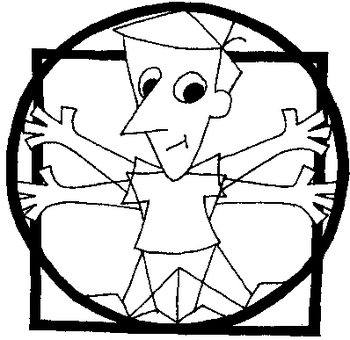
Choices, Lesson 5, Identifying Spiritual Need, Student Workbook
(One license allows thirty copies for the purchaser's students.)
Many, if not all, disruptive behaviors are attempts to meet love, power, freedom, fun, and/or spiritual needs. The needs are legitimate; the behaviors are not. When students learn to meet their needs adequately and appropriately, disruptive behaviors will diminish and disappear. This lesson looks at helping students identify and meet their spiritual need appropriately.
Our spiritual need involves the knowledge of our place in the
Grades:
6th - 12th
Types:
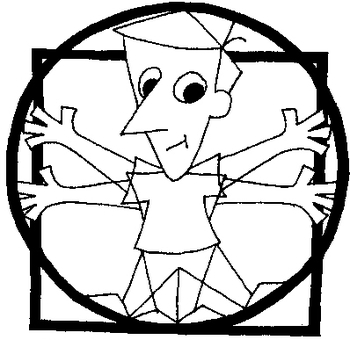
"Choices," Lesson 10, Emotional Indicators of Spiritual Needs, Student Workbook
(The purchase of one license allows for thirty copies for the buyer's use)
“Choices” sees the individual human as an integrated whole being with physical, mental, and spiritual dimensions. While integrated, these aspects have hierarchal characteristics from physical, to mental, to spiritual. The ultimate spiritual need of humans involves knowledge of one’s place in the universe, the affirmation of personal existence, and a settled sense of being. While many people look to religion to meet their
Grades:
6th - 12th

Choices, Lesson 6, Love Need Indicators, Student Workbook
(The purchase of one license allows for 30 copies.)
“Choices” posits that human essential dimensions include the physical, the mental (psycho-social), and the spiritual. Emotions are functional aspects, indicators of mental needs. “Choices” maintains that all feelings indicate the status of our needs. For the sake of clarity, “Choices” discusses physical sensations, mental emotions, and spiritual affections with regard to feelings in each of these essential dimensions. Since our endocrine and n
Grades:
6th - 12th
Types:
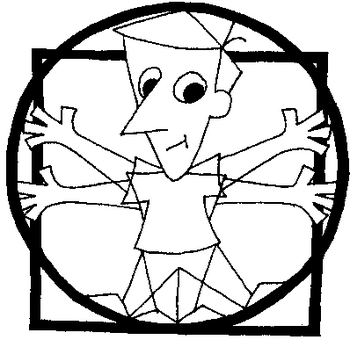
"Choices," Lesson 8, Freedom Need Emotional Indicators, Student Workbook
(One license allows for 30 copies.)
Our lives consist of a series of choices. The life we live depends on choices we make. At any given moment, we are the product of all the choices we have made up to that point. Freedom is the capacity to make choices that satisfactorily meet our needs. We have a need for freedom, and we meet our freedom need when make a choice from available options to meet a presenting need. Since we choose all our behaviors, our freedom need comes into play every time we ac
Grades:
6th - 12th
Types:
Showing 1-10 of 10 results


